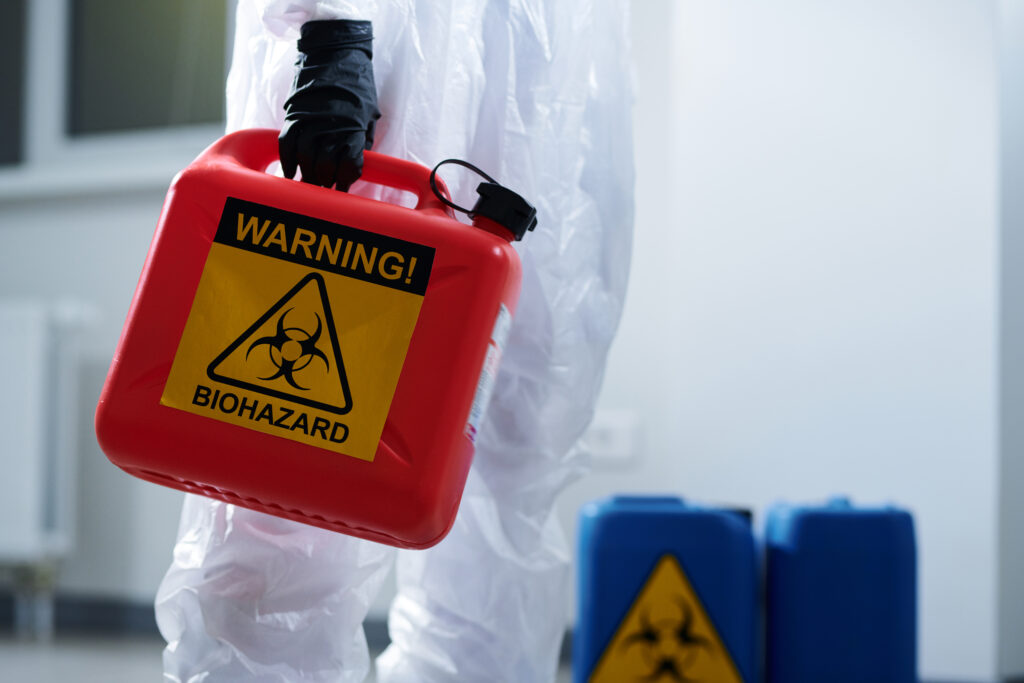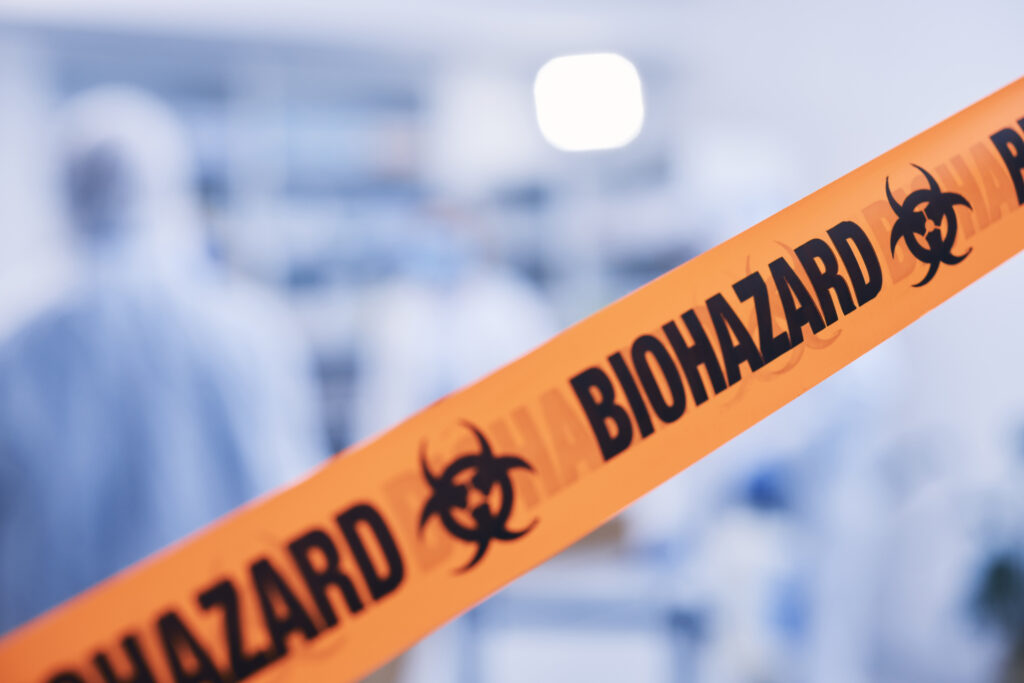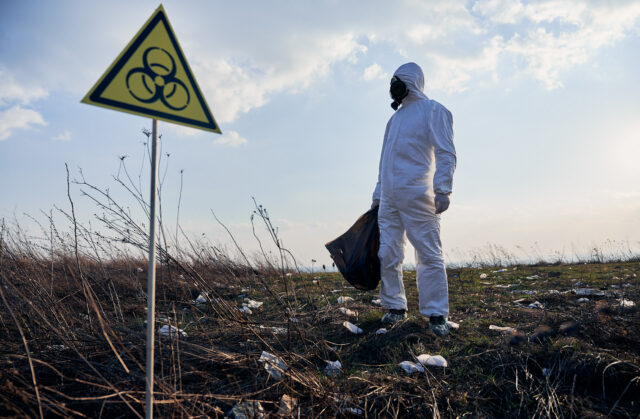In today’s complex healthcare landscape, patient care extends far beyond clinical outcomes. The proper management of medical waste—including biohazardous materials and pharmaceutical byproducts—is integral to maintaining a safe environment for patients, staff, and the wider community. Unfortunately, rising violations of OSHA and EPA standards for waste disposal are revealing dangerous gaps in facility compliance and increasing health and environmental risks.

Why This Matters for Healthcare Facilities
Every healthcare facility—whether a large hospital network or a small outpatient clinic—generates regulated medical waste. This includes:
- Sharps and needles
- Contaminated PPE and instruments
- Pathological waste
- Unused or expired medications
Improper handling of these materials poses immediate risks such as needlestick injuries, exposure to bloodborne pathogens, and environmental contamination. More importantly, non-compliance undermines a facility’s reputation, patient trust, and operational integrity.
Consequences of Non-Compliance
Violations of OSHA and EPA regulations can lead to:
- Hefty fines and legal action
- Damage to organizational reputation
- Occupational health incidents and staff turnover
- Waterway contamination and ecological harm
Healthcare leaders cannot afford to treat waste management as an afterthought.
Key Compliance Challenges in Medical Waste Handling
- Lack of standardized training
- Improper segregation of hazardous vs. non-hazardous waste
- Incorrect labeling and container usage
- Infrequent audits and inconsistent procedures
- Outdated waste storage and transport systems
Strategies for Facility-Wide Compliance and Safety
To meet regulatory standards and enhance safety across departments, healthcare facilities should consider the following best practices:
🔷 1. Strengthen Staff Training Programs
Ensure all personnel—including clinical, custodial, and administrative staff—are trained in medical waste categorization, handling, and emergency protocols.
🔷 2. Standardize Segregation and Labeling
Implement color-coded bins and clear signage for sharps, infectious, pharmaceutical, and general waste. This reduces cross-contamination and regulatory risk.
🔷 3. Conduct Routine Waste Audits
Regular internal reviews help identify compliance gaps, track waste volumes, and assess vendor performance.
🔷 4. Partner with Certified Disposal Providers
Work only with licensed and EPA-compliant waste haulers who provide documentation and chain-of-custody proof for disposal.
🔷 5. Invest in Technology
Adopt smart waste tracking systems, automated disposal units, and real-time reporting dashboards to ensure transparency and control.

The Bigger Picture: Environmental and Public Health Impact
Medical waste that enters landfills or is flushed into sewer systems can have long-term consequences, including:
- Antibiotic resistance proliferation
- Water and soil contamination
- Public exposure to infectious agents
For healthcare facilities committed to sustainability and social responsibility, addressing waste compliance is not optional—it’s essential.
Conclusion: A Call to Proactive Waste Governance
The rise in OSHA and EPA violations signals an urgent need for healthcare facilities to rethink how they manage waste. Non-compliant practices not only endanger staff and patients but also expose institutions to regulatory, financial, and reputational risk.
By embedding waste compliance into your facility’s safety culture, investing in continuous training, and leveraging the right technologies, you protect your people, your patients, and your planet.







